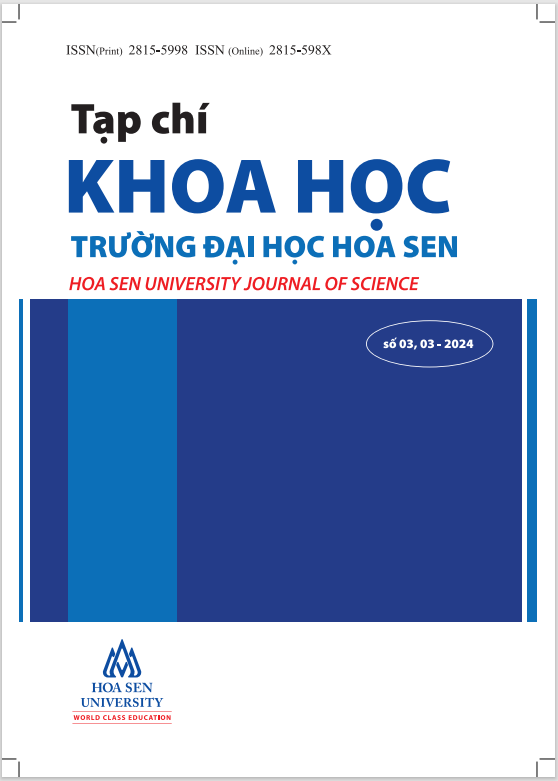UTILIZING ARTIFICIAL NEURAL NETWORKS TO EVALUATE THE AQUEOUS SOLUBILITY OF DRUG-LIKE COMPOUNDS
Duong Quang Trung, Nguyen Minh Quang
Tóm tắt
This study has propelled the evolution of Quantitative Structure-Property Relationship (QSPR) models for forecasting the aqueous solubility of drug-like compounds. Through the amalgamation of multivariate regression and neural network techniques, the investigation employed the backward algorithm to meticulously select 2D and 3D molecular descriptors, culminating in the creation of an optimal QSPRMLR model with k = 23. The artificial neural network regression model (QSPRANN), derived from chosen descriptors of the multivariable linear regression model (QSPRMLR), exhibited heightened predictive prowess for logS values in both validation and prediction cohorts, yielding SE values of 0.786 and 0.808, respectively. The QSPRANN significantly elevated the overall predictability of the multivariate regression model. Statistical evaluations of the QSPRANN model unveiled SE = 0.699, R2train = 0.918, and Q2v = 0.878. The predicted logS values from the QSPRANN model harmonize well with experimental data, validating the reliability and precision of the developed model.
Citation this article (Duong & Nguyen, 2024)
Duong, Q. T., & Nguyen, M. Q. (2024). UTILIZING ARTIFICIAL NEURAL NETWORKS TO EVALUATE THE AQUEOUS SOLUBILITY OF DRUG-LIKE COMPOUNDS. Hoa Sen University Journal of Science , 3, 35–43. https://vjol.info.vn/index.php/dhs/article/view/94036

